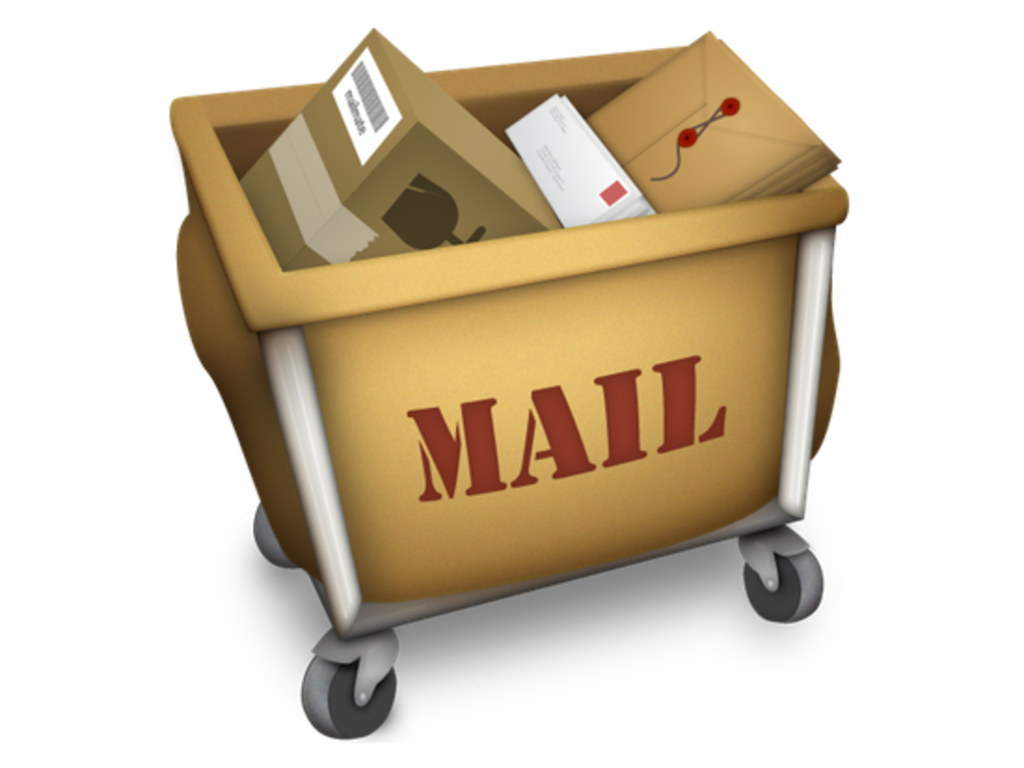
The name used to reference the account in the interface, e.g., in the mailbox outline. This ordering is used whenever MailMate needs to display a list of accounts.

You can also reorder your accounts under “Sources”. If you need to edit or delete an existing account then use “Mailbox ▸ Edit Source…” or “Mailbox ▸ Remove Source” after selecting the account under “Sources” in the mailbox list. In this case, you may find Apple’s lookup page helpful if you do not know the server settings. If you prefer to enter settings manually then this is still possible. Search results and/or errors can be seen in the context senstive menu of each email address given. If successful, you will then be able to add these accounts to MailMate. Given one or more email addresses, it will offer to automatically search for IMAP and SMTP settings using various methods. This will initially show you a simple “wizard” with a single email address field.
We measured the level of noise during shredding using the National Institute for Occupational Safety and Health’s sound level meter app.Adding a new account is done using the “File ▸ Add IMAP Account…” menu item. We noted how easy or difficult it was to empty the wastebasket, and how many pages the bin could hold before needing to be emptied. We didn’t test with paper clips in this round because in previous tests we found that paper clips tended to break the machines more often than not. We tested whether the shredder could destroy staples, credit cards, and CDs (if the shredder maker advertised that it could). We timed the shredder’s run time and cooldown time. 
Stick to the maximum page capacity recommended by the manufacturer or fewer pages to avoid overworking your shredder and potentially shortening its life.)
We purposely inserted more pages than the maximum load to see when the shredder would jam and how easily we could clear jams. We put batches of letter-size paper through (based on the shredder’s recommended maximum load) in succession to see if the shredder would jam or overheat under normal operating conditions. Many shredders can also grind up paper clips and CDs, which we considered a bonus. Ability to shred stapled documents, paper-clipped documents, CDs, and credit cards: Handling stapled documents and plastic credit cards is a must for any shredder. The shorter, the better, if you want to get back to your shredding job as soon as possible. Cooldown time: This refers to how long your shredder’s timeout needs to be after you exceed the run time. MAILMATE VS FELLOWES FULL
In our testing, most of the shredders’ bins got full within 10 to 15 minutes of nonstop shredding, rendering claims of ultra-high run times moot. Less-expensive shredders have run times under five minutes, while the best home and small-office models have run times rated at 10 minutes or more.
Run time: The higher the shredder’s run time, the more you can continuously shred before the unit needs to take a break and cool down. 
Most of the micro-cut shredders in our target price range could handle six to 12 sheets at a time.
Page capacity: Having a shredder with a higher page capacity means you can shred more paper at once, including several folded sheets. More-expensive shredders are designed for offices where whole teams need to shred stacks of documents throughout the day they’re overkill for a typical one- or two-person home office. Price: We looked for paper shredders listed under $200 from major manufacturers, with a strong preference for those priced closer to or under $100. After all, a cheaper, more frustrating shredder isn’t worth the savings if you never use it and just chuck your crumpled bank statements into your recycling bin. Though this model is slightly bigger than eight-sheet shredders with lift-up tops, it still fits under most desks, and we think the pullout bin and wheels are conveniences that make it easier to keep up a shredding habit. 
It can handle old plastic credit cards, as well, and it has a separate slot for data DVDs, which is helpful for reducing wear and tear on the main shredder gears. Like other micro-cut shredders, this Amazon Basics shredder chomps documents into tiny shreds measuring around 5/32 by 15/32 inches, making any sensitive paperwork all but impossible to reassemble. Whereas some other tested shredders jammed or emitted a burning smell after a few minutes, the eight-sheet Amazon Basics ran trouble-free well past its five-minute run time as we continuously fed it batches of paper-it tore through about 360 pages (or 90 four-page credit card statements) before the bin was full. The Amazon Basics 8-Sheet High-Security Micro-Cut Shredder with Pullout Basket typically costs more ($5 to $25 higher at this writing) than competing eight-sheet micro-cut shredders, but it’s worth the investment.








 0 kommentar(er)
0 kommentar(er)
